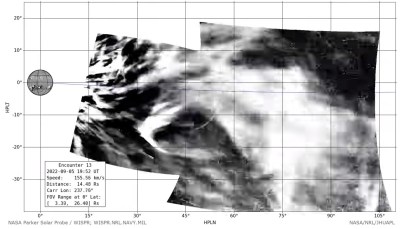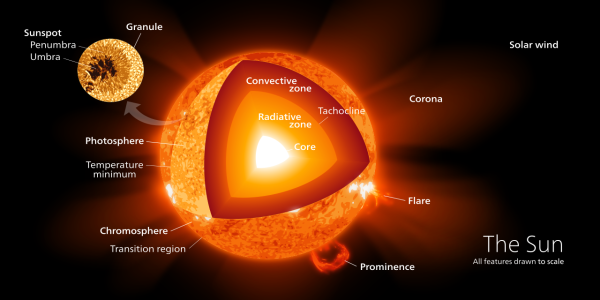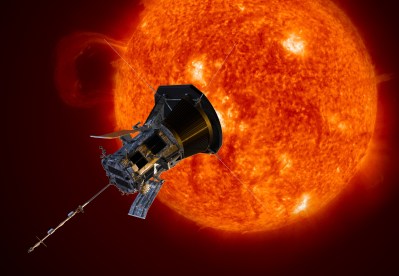A little over a year ago, and about 150 million kilometers (93 million miles) from where you’re currently reading this, NASA’s Parker Solar Probe quietly made history by safely flying through one of the most powerful coronal mass ejections (CMEs) ever recorded. Now that researchers have had time to review the data, amateur space nerds like ourselves are finally getting details about the probe’s fiery flight.
Launched in August 2018, the Parker Solar Probe was built to get up close and personal with our local star. Just two months after liftoff, it had already beaten the record for closest approach to the Sun by a spacecraft. The probe, with its distinctive solar shield, has come within 8.5 million kilometers (5.3 million miles) of its surface, a record that it’s set to break as its highly elliptical orbit tightens.

As clearly visible in the video below, the Parker probe flew directly into the erupting CME on September the 5th of 2022, and didn’t get fully clear of the plasma for a few days. During that time, researchers say it observed something that had previously only been theorized — the interaction between a CME and the swirling dust and debris that fills our solar system.
According to the Johns Hopkins Applied Physics Laboratory (APL), the blast that Parker flew through managed to displace this slurry of cosmic bric a brac out to approximately 9.6 million km (6 million miles), though the void it created was nearly instantly refilled. The researchers say that better understanding how a CME propagates through the interplanetary medium could help us better predict and track potentially dangerous space weather.
It’s been a busy year for the Parker Solar Probe. Back in June it announced that data from the craft was improving our understanding of high-speed solar winds. With the spacecraft set to move closer and closer to the Sun over the next two years, we’re willing to bet this isn’t the last discovery to come from this fascinating mission.
Continue reading “NASA’s Parker Probe Gets Front Row Seat To CME”













